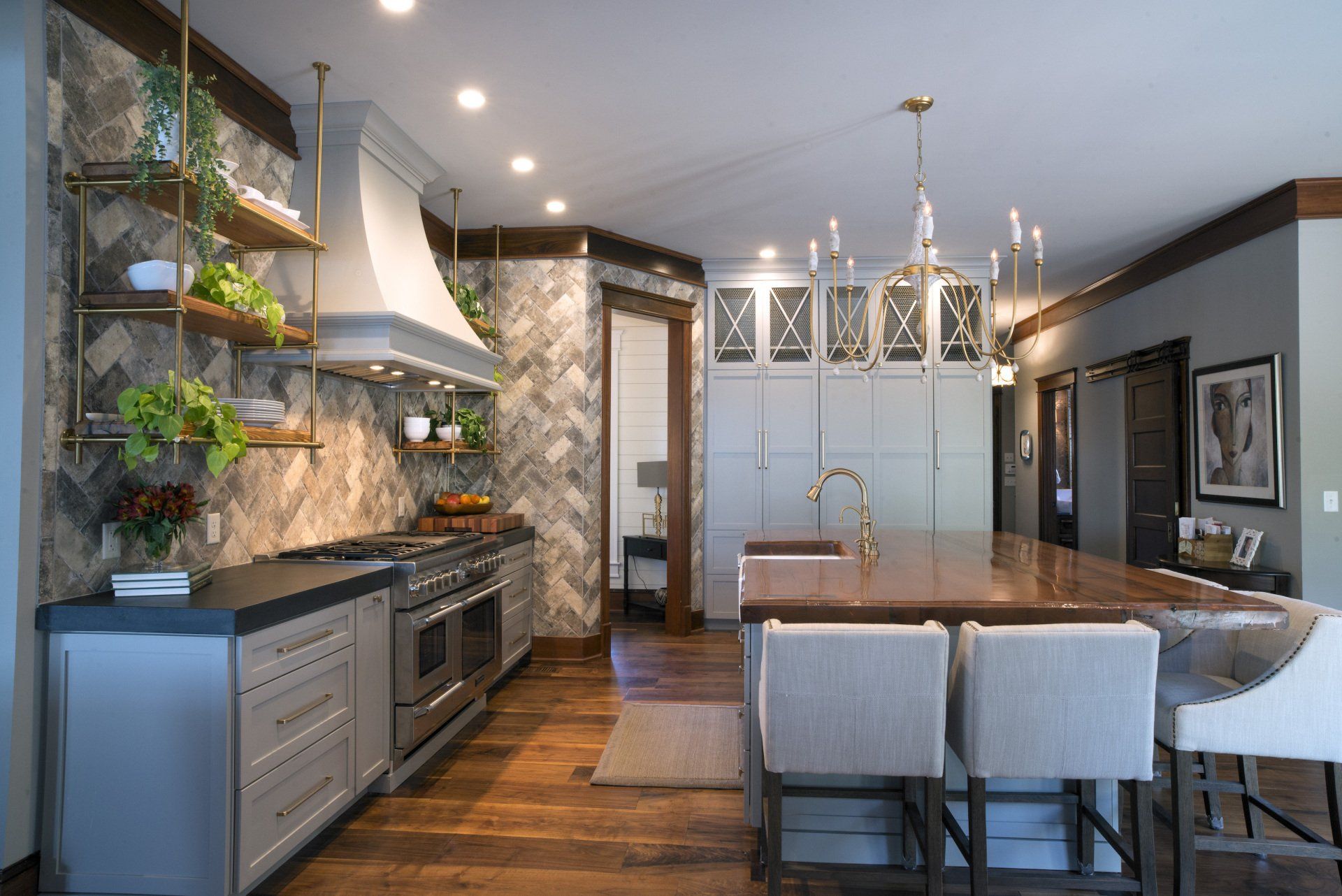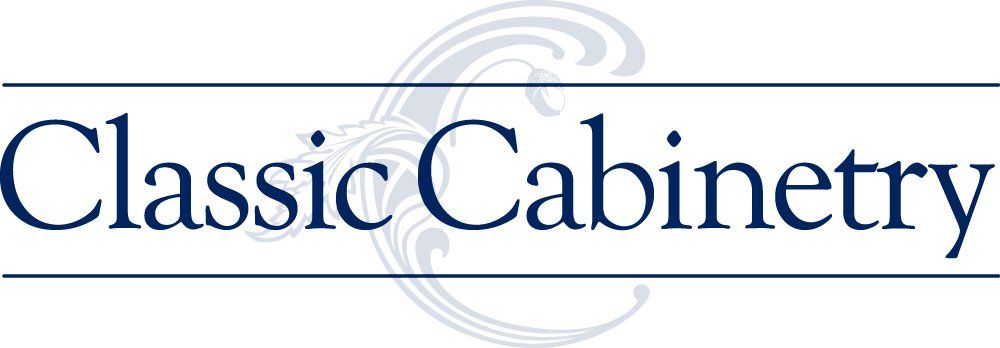Refrigerators have been made the same way for the last 60 years. That’s about to change dramatically thanks to technological wonders created by Whirlpool Corporation that manufacturers JennAir, Kitchen Aid and Whirlpool appliances. Homeowners in Chattanooga will be attracted to the new SlimTech refrigerator which features a door that is 66% thinner than standard refrigerators. The new profile created by the SlimTech will increase interior capacity for homeowners in Chattanooga by 25%.
Here's the reason why the SlimTech will change the world of refrigerators for the better forever among homeowners in Chattanooga. Since 1960 refrigerators have used foam and plastic for interior insulation to keep the temperature inside the fridge at temperatures needed to preserve food. The insulation in the SlimTech is housed inside a steel structure that allows the fridge to have straighter lines and shaper angles than cannot be replicated by molded plastic which is used for the insides of refrigerators manufactured today. The result is that doors and sides are much thinner, increasing inside capacity by nearly 20% from 17 to 21 cubic feet.
SlimTech refrigerators will be more spacious, 50% more energy efficient and quieter because these refrigerators require fewer compression cycles which is what causes operating noise. From a design perspective, the advantages are almost endless. Refrigerators can have a much smaller presence in a kitchen, providing opportunities to use space more efficiently and creatively.
Whirlpool envisions that homeowners in Chattanooga will have multiple refrigerators throughout the home allowing for more discreet refrigeration spaces that could be seamlessly brought to other rooms of the house or be contained within other pieces of furniture. SlimTech fridges have been slimed down much in the same way televisions have become much thinner.
Whirlpool plans to unveil the new SlimTech fridge at the Consumer Electronics Show in January and we are hopeful that it will make an appearance at the Kitchen & Bath Industry Show in February.
How can you improve the functionality, environmental efficiency and enjoyment of a new dream kitchen? Give us a call at 423-266-0077 or make an appointment to visit our showroom either in person at 2601 Broad St. and let us show you how to make your dreams a reality.





